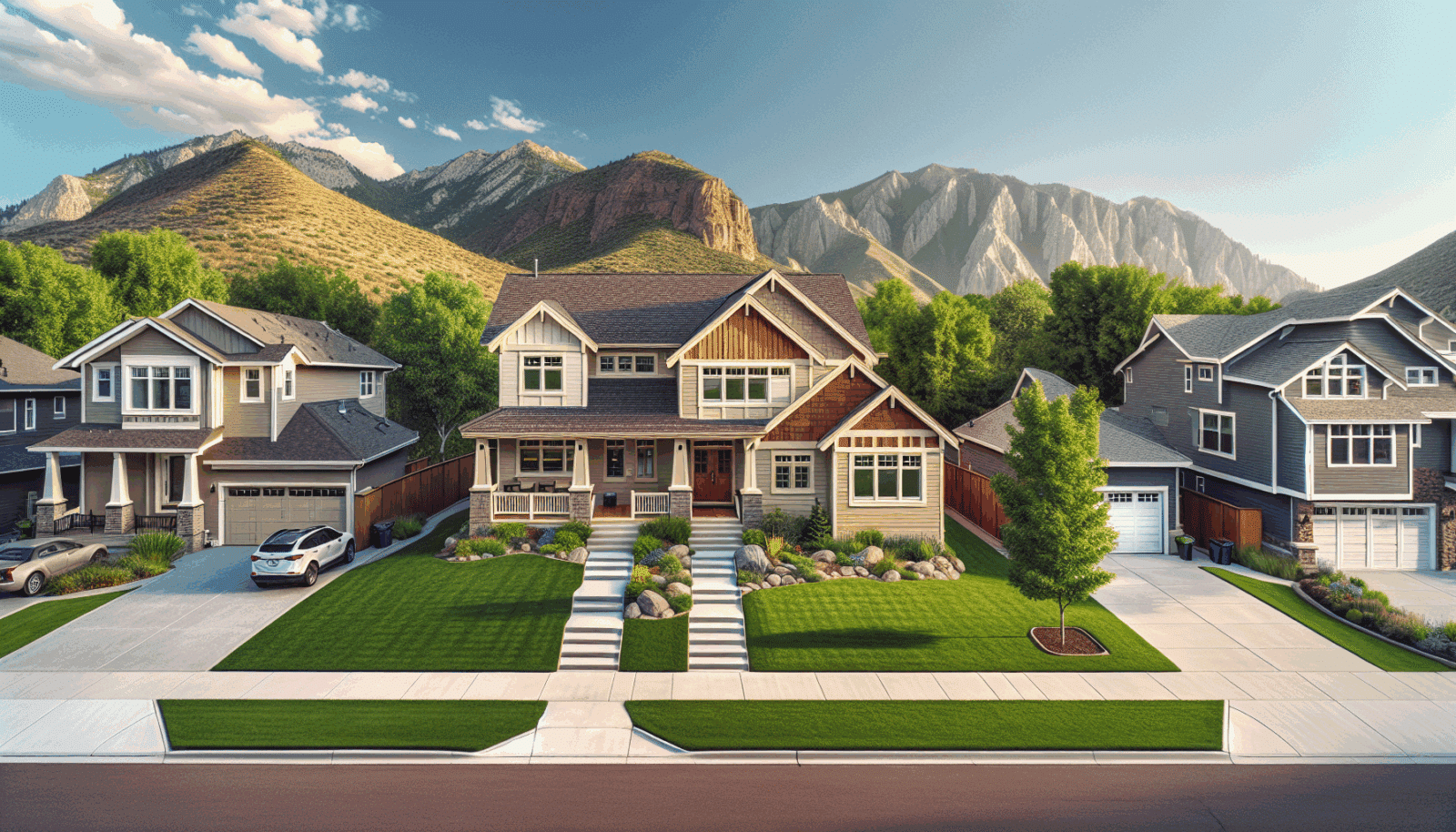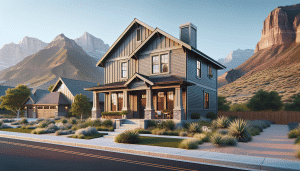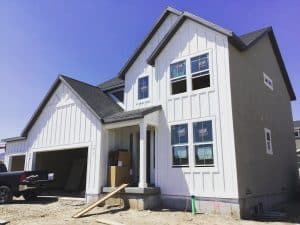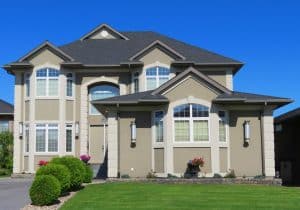Choosing the right siding for your home can be a daunting task. At Utah Siding & Exteriors, we understand your concerns and are here to help. This comprehensive analysis will provide you with the insights you need to make an informed decision. Let’s dive into the differences between engineered Wood Siding and traditional wood siding and discover which one is right for you.
Understanding Engineered Wood Siding
Engineered wood siding is created by combining wood strands, fibers, or veneers with adhesives to form composite materials. These composites replicate the look and feel of natural wood, offering a high-quality and durable alternative.
Thanks to advancements in technology, engineered wood siding has become increasingly popular among homeowners. This type of siding is designed to withstand various environmental conditions, making it a reliable choice for exterior siding.
What is Traditional Wood Siding?
Traditional wood siding, on the other hand, is made from natural wood sourced from trees. It has been a popular choice for centuries due to its classic appearance and timeless charm.
However, traditional wood siding requires regular maintenance to prevent issues such as rot, warping, and insect damage. It’s important to understand these maintenance needs before choosing this option.
Durability: Engineered Wood vs. Traditional Wood
When it comes to durability, engineered wood siding has a clear advantage. Its composite materials are designed to resist moisture, harsh weather conditions, and insect infestations.
Traditional wood siding, while aesthetically pleasing, can be more susceptible to damage from these factors. This could translate to higher maintenance costs and more frequent repairs over time.
Maintenance Requirements
Another factor to consider is how much maintenance each type of siding requires. Engineered wood siding is relatively low-maintenance, needing only occasional cleaning and periodic inspections.
- Cleaning: A simple wash with a garden hose can usually suffice.
- Inspections: Regular checks for any signs of damage or wear.
- Repainting: Far less frequent compared to traditional wood.
- Repairs: Easier and less costly due to the engineered materials.
- Longevity: Tends to have a longer lifespan with fewer issues.
Aesthetic Appeal
Both engineered wood and traditional wood siding offer beautiful, natural looks. Engineered wood is designed to mimic the grain and texture of real wood, giving it a realistic appearance without the drawbacks of natural wood.
Traditional wood siding provides an authentic charm and can be stained or painted in various ways. However, keep in mind that maintaining its aesthetic appeal may require more upkeep.
Environmental Impact
For those concerned about the environment, it’s worth noting the sustainability aspects of each option. Engineered wood siding makes use of composite materials and often incorporates recycled content, which can contribute to environmental conservation.
Traditional wood siding, while natural and biodegradable, requires the harvesting of trees. This process can have a significant impact on forests and ecosystems.
Cost Considerations
Cost is often a key factor when choosing siding. Engineered wood siding generally has a lower upfront cost compared to traditional wood siding. Additionally, the reduced maintenance and longer lifespan can result in lower overall costs.
Traditional wood siding may have a higher initial cost and could incur additional expenses for maintenance and repairs. It’s essential to weigh these factors when budgeting for your siding project.
Installation Process
The installation process for engineered wood siding is typically quicker and easier compared to traditional wood. Engineered wood panels are designed for straightforward installation, saving time and labor costs.
Installing traditional wood siding can be more labor-intensive and may require specialized tools and skills. This could potentially increase both the time and cost associated with the project.
Weather Resistance
Engineered wood siding is specifically manufactured to resist a variety of weather conditions, making it a suitable choice for areas with challenging weather patterns.
Traditional wood siding, while beautiful, may not hold up as well against harsh weather. Issues like warping, cracking, and rotting can be more common, especially in areas with high moisture levels.
Final Thoughts
Choosing between engineered wood siding and traditional wood siding ultimately comes down to your specific needs, budget, and maintenance preferences. Each option has its advantages and considerations.
To learn more about our siding options, reach out to Utah Siding & Exteriors today by phone 801-509-9241 or Request a Free Quote. We’re here to help you make the best choice for your home.




